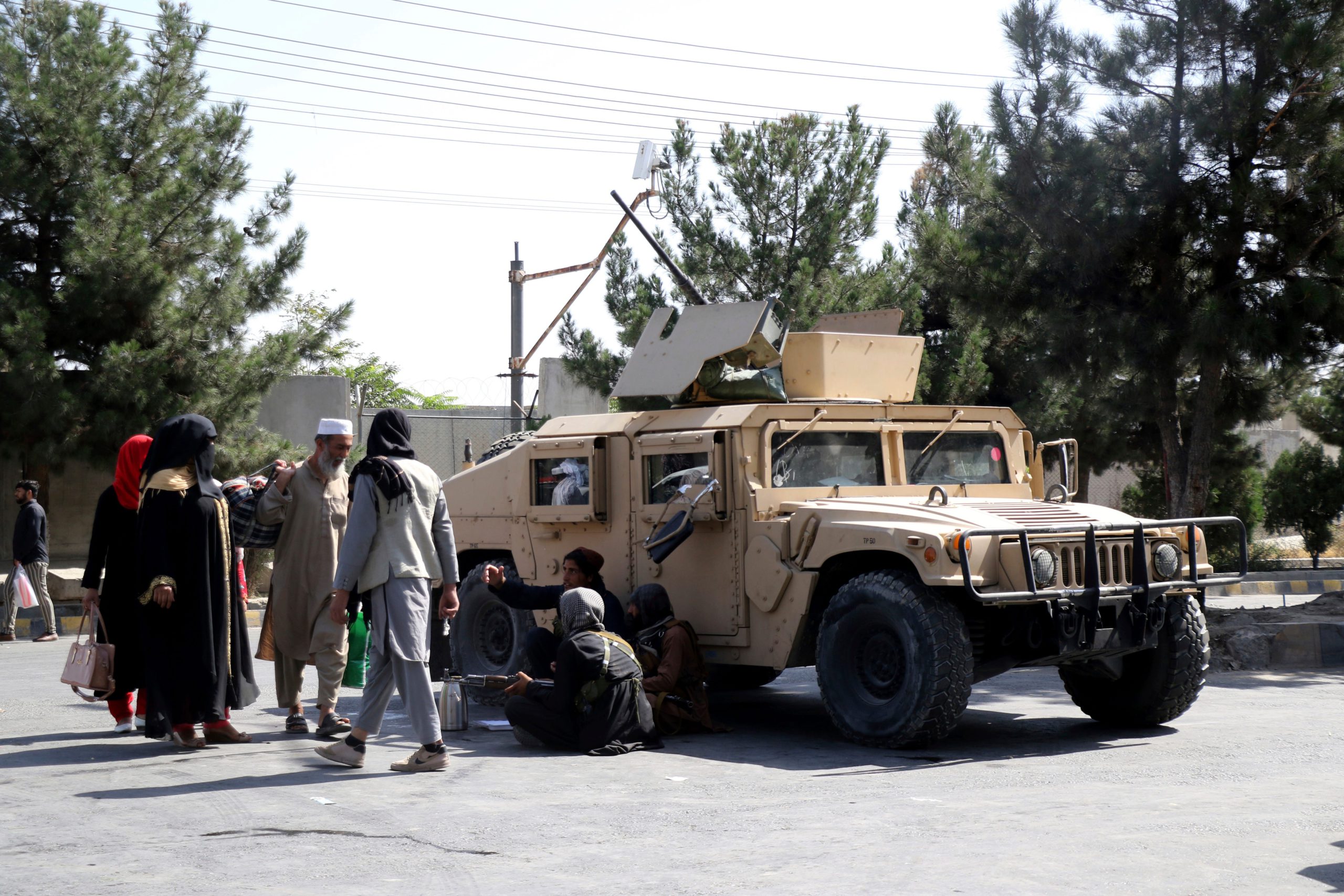

WASHINGTON – Mounting counterterrorism strikes against ISIS-K terrorists, like Friday's drone strike east of Kabul, are likely to continue, but will become increasingly difficult, experts say.
That's because, after the U.S. military completes its retreat from Afghanistan in coming days after 20 years of war, intelligence leads will diminish and missions will have to be conducted from greater distances.
The issue has heightened relevance after Thursday's ISIS-K suicide attack at Hamid Karzai International Airport that killed 13 U.S. troops and at least 169 Afghans.
"The reality is that the United States has put itself in a terrible situation to conduct a sustained campaign against the Islamic State and other terrorist groups in Afghanistan," said Seth Jones, a foreign policy expert at the Center for International and Strategic Studies and former adviser to the military in Afghanistan. "It will have no bases in the region, no allies on the ground, and little intelligence infrastructure."
Friday night's strike, Army Maj. Gen. William Taylor said Saturday, killed two ISIS-K terrorists, describing them as planners and facilitators. Taylor did not define what their roles were. The two were riding in a vehicle when it was struck, a U.S. official said.
Latest Afghanistan updates:Pentagon says two ISIS-K members killed in drone strike, updating from previous death toll
Pentagon press secretary John Kirby declined to identify the base from which the drone was launched, saying only that it had come from "over the horizon." The Pentagon and White House have adopted that nebulous phrase in describing how they plan to prosecute their campaign from afar against terrorist groups that operate in Afghanistan.
The drone used in Friday's attack could have been an MQ-9 Reaper, whose presence over Kabul was revealed Thursday by Marine Gen. Kenneth McKenzie, the head of Central Command. McKenzie noted that the Reaper and other aircraft have been providing surveillance near the airport.
For years, the military and CIA had flown drones from bases in Afghanistan and Pakistan and used them to strike terrorists in the rugged terrain of eastern Afghanistan and some parts of Pakistan. It is that region where ISIS-K leadership and fighters are based and where more retaliatory strikes are likely to occur, said retired Army Maj. Gen. Mark Quantock, who oversaw military intelligence for Central Command.
What the US likely knows about ISIS-K
"We likely know who the leadership is and generally where they operate," he said, referring to the provinces of Kunar and Nangarhar, where Friday's strike took place. "We also likely know where their training sites are. We've actually hit them there before – multiple times."
Because the Taliban and ISIS-K are sworn enemies, U.S. intelligence officials had tailed the Taliban, watched them fight with ISIS-K, "and then rolled in and struck them," Quantock said. He estimates there are no more a few thousand ISIS-K fighters. The Taliban have opened prisons run by the toppled Afghan government and released some ISIS-K militants along with their own fighters.
Identifying and targeting terrorists like those killed Friday had relied in part on intelligence collected by U.S. troops on the ground using information provided by allies, Quantock said. After the withdrawal, the U.S. military will have neither.
"Our ability to develop and refine intelligence targets just got a whole lot harder," he said.
More:Brutal ISIS-K affiliate in Afghanistan poses terror threat to U.S. evacuation
Longer distances to reach Afghanistan
Reaching land-locked Afghanistan further complicates counterterrorism missions, Jones said. An attempt to negotiate a base in central Asia, such as Uzbekistan, apparently has been thwarted. That means flying missions from ships in the Indian Ocean or bases in the Persian Gulf. Neither option is ideal, he said.
"It takes a Reaper some 12 hours to fly round-trip from Al Udeid Air Base in Qatar to Afghanistan over Pakistani territory, giving it several hours of flying time in Afghanistan to conduct intelligence and strike missions," he said.
Bombers could be used, too, said Michael O'Hanlon, a defense expert at the Brookings Institution. But the intelligence needed to launch airstrikes would likely have to come from the Taliban.
One reason for ending the war in Afghanistan, President Joe Biden has said, is the need to confront terrorist groups in other parts of the world. He has referred to the threat as "metastasizing."
In some of those places, such as Yemen, Somalia, Libya, Syria, and Iraq, Jones said, the United States has local partners, nearby bases, and substantial capabilities to collect intelligence from people and to intercept communications.
Not so in Afghanistan, he said.
"This is a much worse position than almost anywhere else in the world where the U.S. has conducted a counter-terrorism campaign," Jones said. "In soccer terms, we call this an 'own goal.'”
Source link









